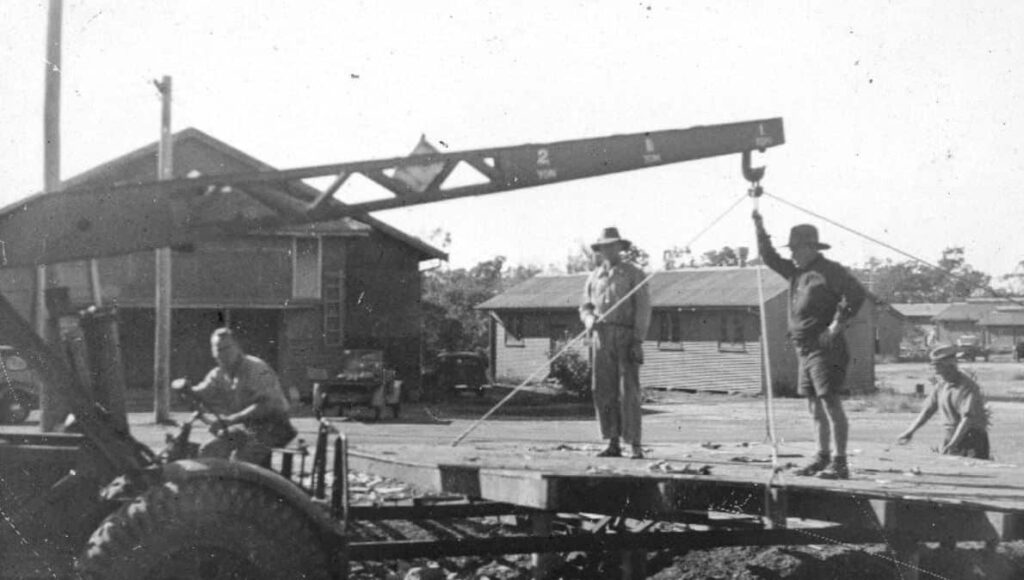
Officially opened as Hinkler Airport in 1931, the now Bundaberg Regional Airport became an important Royal Australian Air Force (RAAF) facility during World War II.
The airport functioned as a base for the Empire Air Training Scheme, one of 36 similar bases across Australia.
The first training schools were established at the airport in 1942 where the Allied Works Council constructed purpose-built facilities.
These included aircraft hangers, workshops, accommodation, aircraft hideouts and defence structures such as machine gun pits and mine charges laid in trenches along runways.
Bundaberg airport history still evident
When the airport reverted to civilian use in 1946, the RAAF planned to dispose of most of the buildings the Allied Works Council had constructed during the war.
The disposal was to occur in five stages but the fifth stage did not proceed and a number of facilities selected for removal in this phase remain on site and are listed among Bundaberg Regional Council’s Local Heritage Places.
These include the former quarters, station headquarters, garage, workshop and store, and inflammables store.
There are also concrete slabs associated with former structures, including Bellman Hangers, and early drainage infrastructure.
Some of the defensive sites may also remain, including possible machine gun pits and sections of blast wall embankments.
The area containing surviving World War II structures and archaeological remains associated with defence use of the site is located to the northeast of the runway and the extent and location are based on a World War II site plan.
Hangar a feature of Bundaberg airport history
The most dominant remaining structure is the hangar and workshop building a short distance southeast of the airport terminal.
This building is a 22 to 23 m clear span hardwood timber Pratt truss hangar, with bolts and shear connectors and is likely to have been constructed of green timber.
The main space is characterised by the intricate timber truss system which forms the framework of the hangar.
The hangar comprises 11 timber trusses columns, approximately two metres apart forming 10 bays and the building is still used as a hangar and aviation workshop.
Next to the hangar is the former inflammables store, a small rectangular gable-roofed building.





My father Christie Thygesen and his brother,
Andrew purchased one of the buildings, divided it into two halves and had each half moved to separate allotments at Burnett Heads. The building as I recall was long with a single gable roof and eight rooms opening on to a single passageway on one side down its length. The internal sheeting was stained ply and each room had a sign above the doorway. The halves were erected and made into complete homes with each adding a gable front. The homes still stand today.